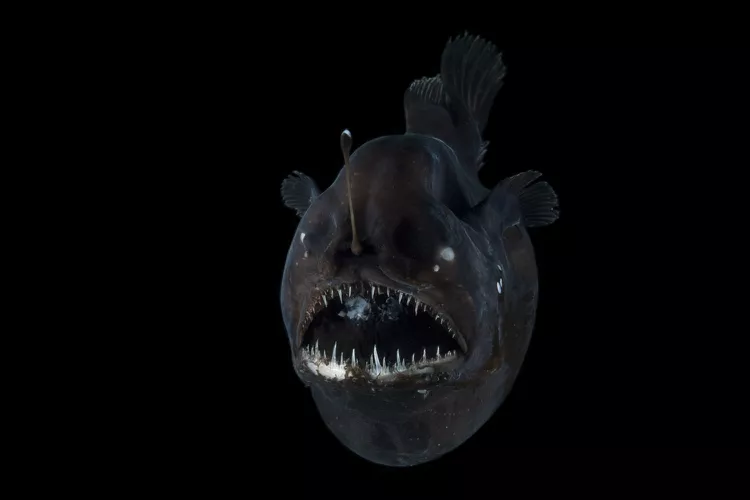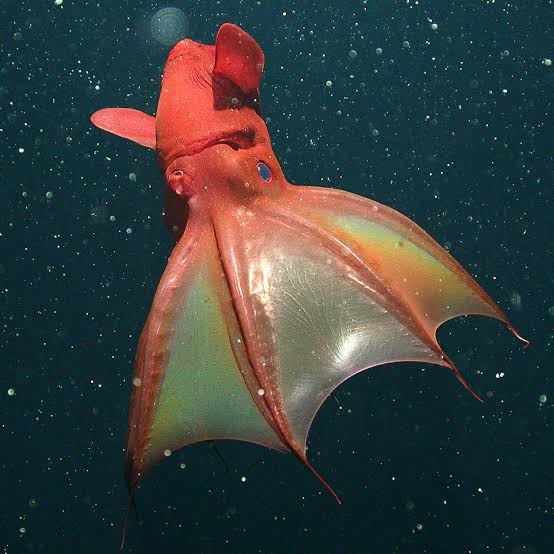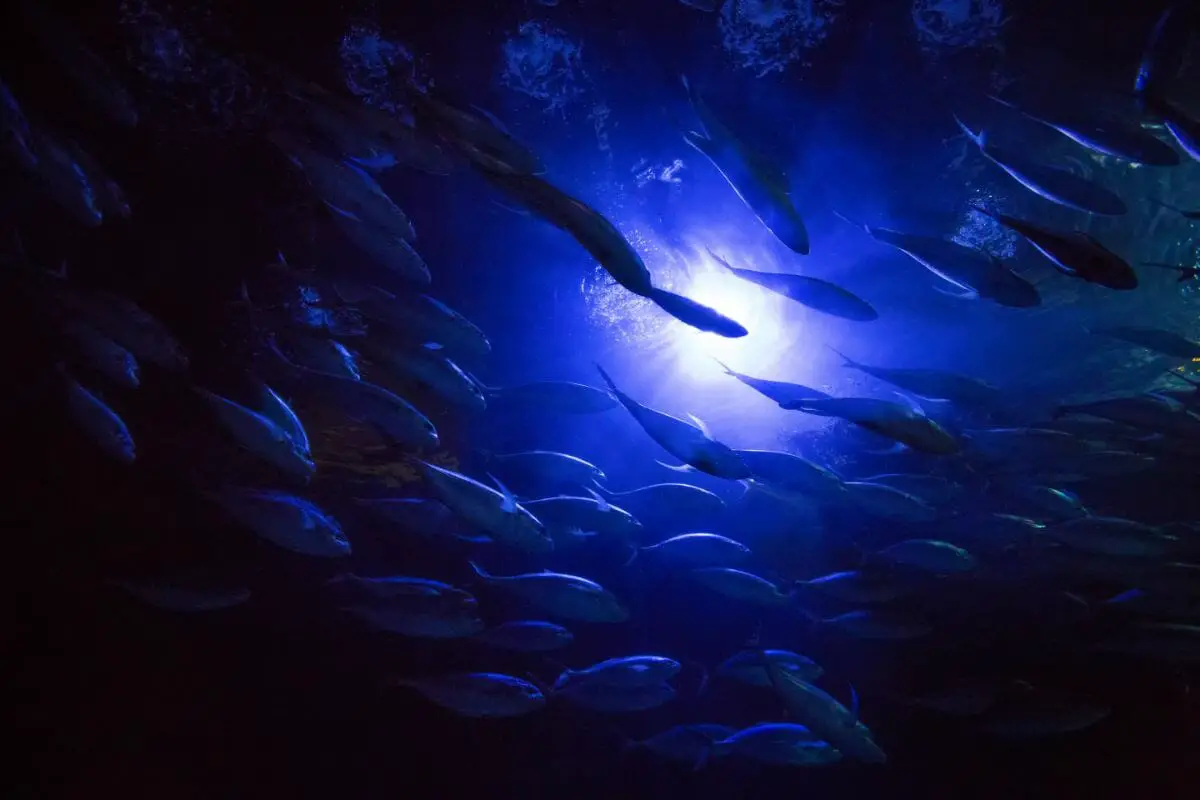Ocean Zones
Zones
The ocean is divided into "zones," and these zones exhibit variations in temperature, light availability, and pressure. The distinct zones include the epipelagic, mesopelagic, bathypelagic, abyssopelagic, and hadalagic zones. Each of these zones provides a unique environment for different species, accommodating their specific needs for survival. The epipelagic zone, closest to the ocean's surface, receives more light and is home to a diverse range of species. As we move into the mesopelagic, bathypelagic, and abyssopelagic zones, the conditions change, influencing the types of organisms that inhabit these deeper regions. The hadalagic zone, the deepest part of the ocean, represents the most extreme conditions, both in terms of pressure and darkness.

0-200m

Epipelagic Zone
This is the topmost layer of the ocean, extending from the surface down to around 200 meters. It is the most sunlight-rich part of the ocean and supports the highest concentration of life. Phytoplankton and algae thrive here due to the availability of sunlight for photosynthesis. This zone is also home to a diverse array of marine animals such as fish, marine mammals, and various species of sharks.
200-1000m
Mesopelagic Zone
The mesopelagic zone extends from a depth of about 200 meters down to around 1,000 meters. This zone receives only faint traces of sunlight. As a result, marine life in this zone often includes creatures with special adaptations, such as large eyes to maximize the limited light available. Many species of fish, including lanternfish and hatchetfish, are found in this region.

1000-4000m

Bathypelagic Zone
In the bathypelagic zone, often referred to as the "midnight" zone due to it little light soruce. The only light it gets is from the glow of the animals. This zone is notably chilly, with temperatures as low as 39deg;F. Additionally, the pressure in this deep-sea environment is extreme. The inhabitants of the bathypelagic zone are specialized to thrive under these harsh conditions. Most species that live in this zone are certain types of squid, Eel, and other unique fish.
4000m +
Abyssopelagic and Hadalpelagic Zone
These are the deepest zones of the ocean, exceeding depths of 4,000 meters. There is barely any light, and it is extremely cold. Few species inhabit these depths, as the pressure is intense, making it challenging for humans to explore, given that very few underwater machines can reach such depths.
